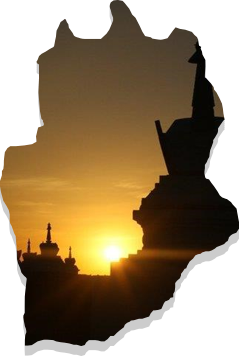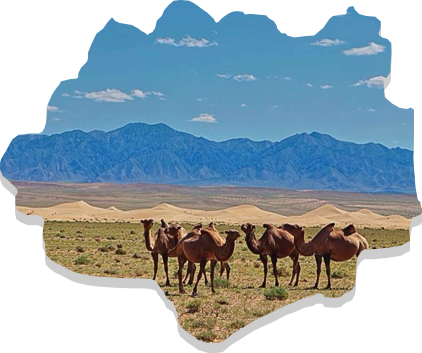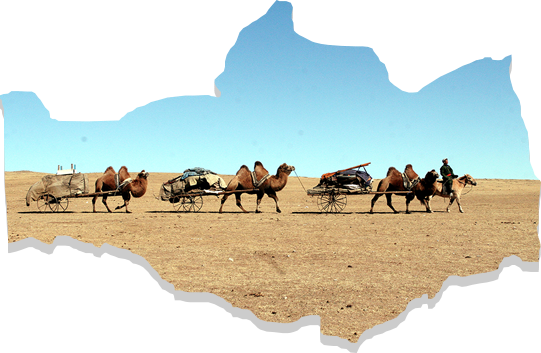This province is located in the southeast of Mongolia and share borders with the Umnugovi, Dundgovi, Govisumber, Khentii and Sukhbaatar provinces. The capital of the province is the city of Sainshand. Much of Dornogovi is located in the steppe of southeastern Mongolia. Despite this there are a number of mountain ranges including, Khutag (1,431 m), Otsol, Sansar, Ikh Bagadulaan, Argalant, Khan Bayanzurkh and Khairkhan (1,031 m).
The province is contained entirely within the Gobi zone and has an area combined with Gobi desert and steppe. It has harsh weather conditions, with temperatures reaching up to +410C during summer time and falling to -400C during winter time. Average wind speed is around 4.2 to 4.6 m/sec with occasional extremes of up to 35 m/sec.
Much vegetation can be found in this province. Black-tailed gazelles, Mongolian wild ass, Siberian ibex and mountain sheep are common. There are no large lakes or rivers in Dornogovi, instead there are many underground water resources. Mineral springs such as Khalzan Uul, Busiin Chuluu and Toli Bulag are located in this region. The major part of territory contains Gobi brown soil, and there are significant amounts of sand as well.


